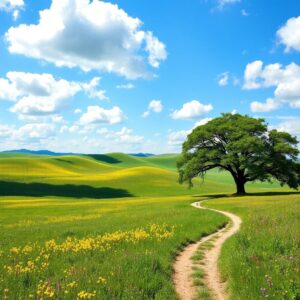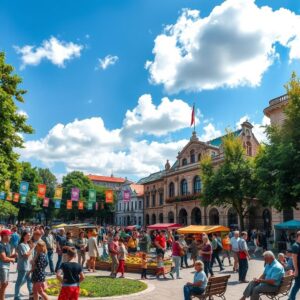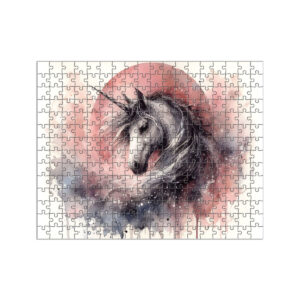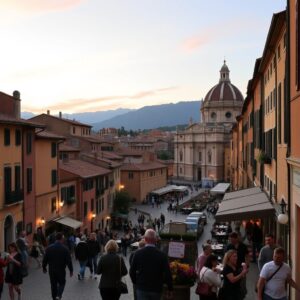
Explore & Play
Discover interesting topics and solve the accompanying crossword puzzle.
River Crossword: Explore the World’s Greatest Rivers
Table of Contents
River crossword
You can either fill in the crossword puzzle directly on this page or click the button in the bottom right corner to print it for free.
——————————————
Exploring the World’s Greatest Rivers: Amazon, Nile, Mississippi, and Beyond
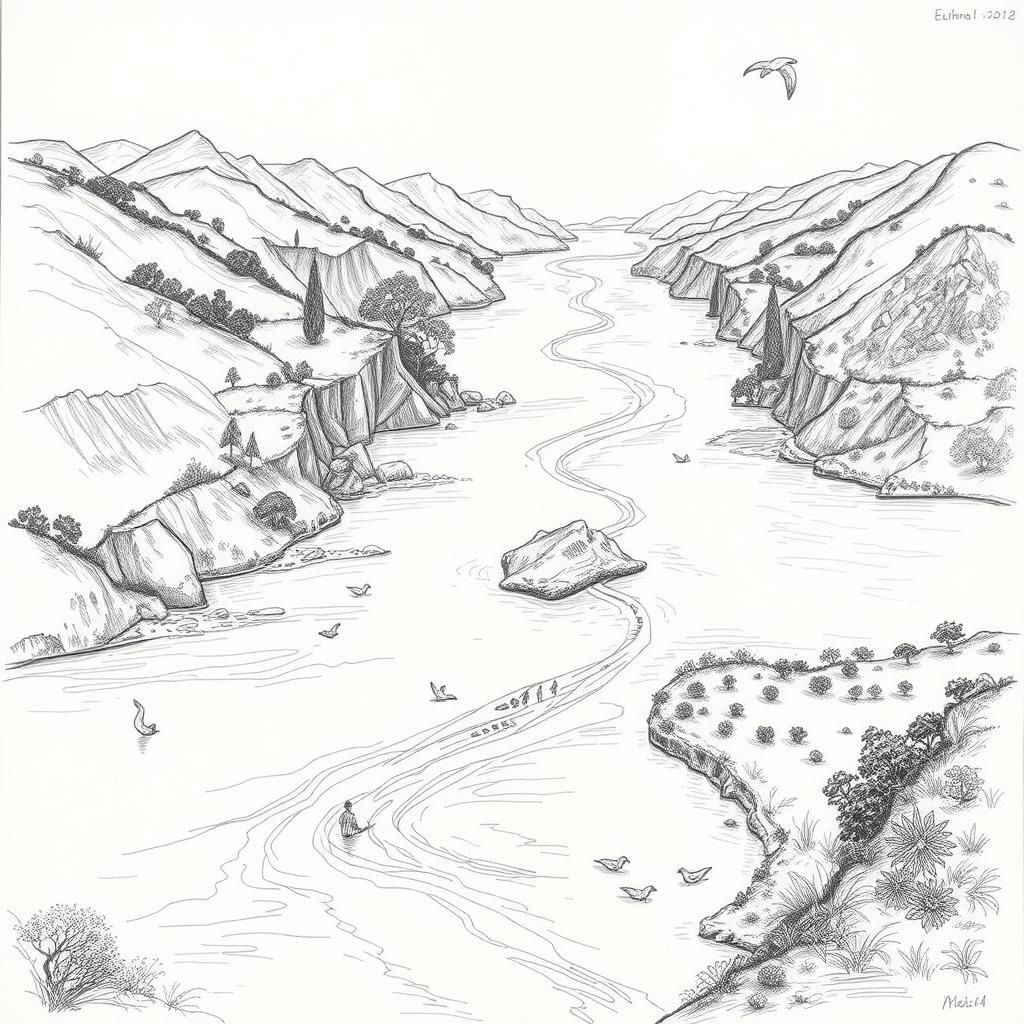
Introduction
Picture a river winding through a landscape—a steady pulse in the earth’s veins. Rivers are far more than flowing water; they’re the lifeblood of ecosystems and human civilizations alike. From nourishing plants and animals to providing freshwater for drinking and farming, rivers shape both nature and culture in profound ways.
Take a moment to think about your own daily life. The water you drink, the food you eat, even the roads and cities you navigate often owe their existence to nearby rivers. These waterways have been silent witnesses to history, carrying stories, goods, and people across continents for millennia. They’re places where cultures flourish and histories unfold.
In this journey, we’ll explore some of the world’s greatest rivers—the Amazon, Nile, Mississippi, and others. Each river carries its own tale woven from geography, biodiversity, and human experience. Together, they remind us how intertwined we are with the natural world and invite us to see the past and present through the shimmering path of flowing water.
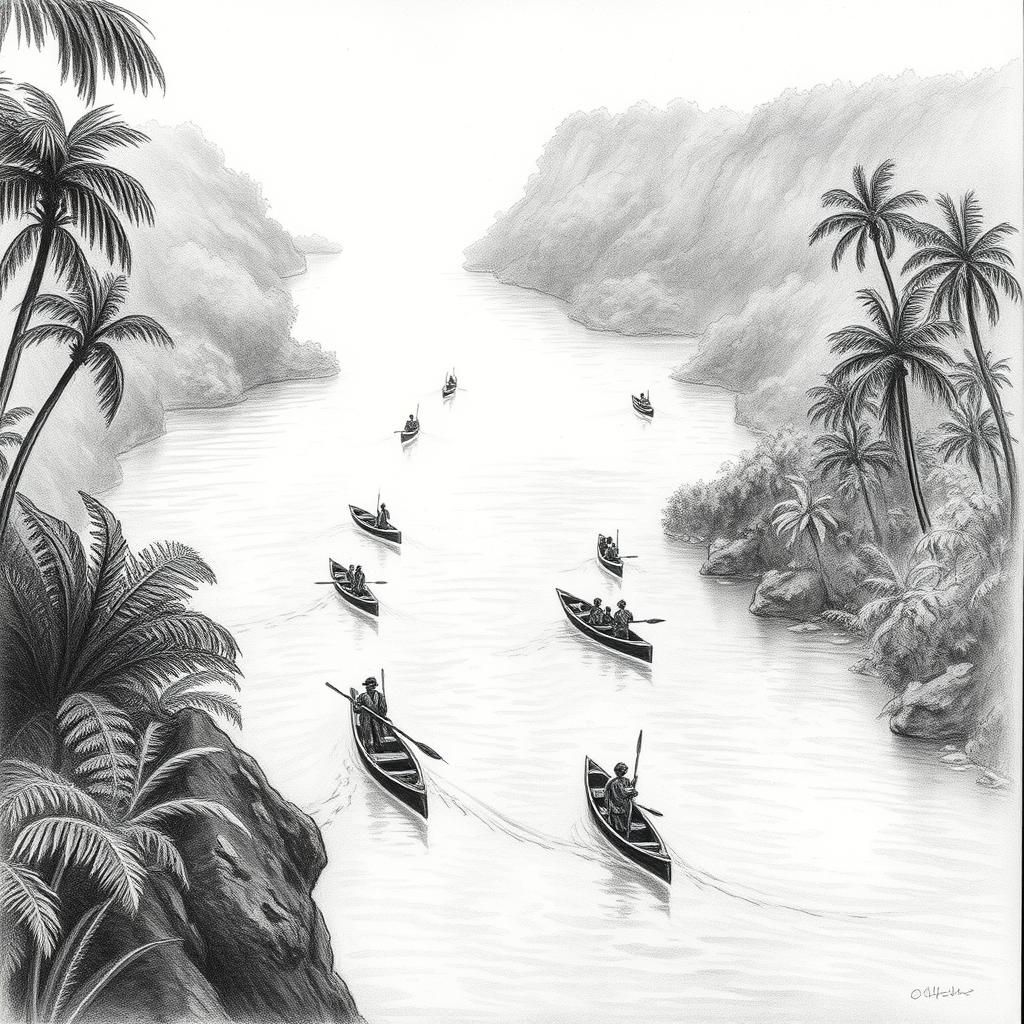
The Amazon River
Picture a river so vast it carries more water than the Mississippi, Nile, and Yangtze combined. Stretching nearly 4,000 miles through the heart of South America, the Amazon River is a powerhouse of nature—second only to the Nile in length but unmatched in volume. This mighty river is the lifeblood of the world’s largest rainforest, its waters feeding an ecosystem bursting with some of the planet’s richest biodiversity.
Beside its sheer size, the Amazon plays a vital role for the people who call its banks home. Indigenous communities have, for centuries, relied on the river for transportation, fishing, and sustenance, weaving their cultures deeply into its currents. Local economies thrive with the river as a backbone—whether through small-scale agriculture or sustainable harvesting of resources that come directly from the Amazon’s generous embrace.
Yet, beneath its vibrant surface, the Amazon faces challenges. Deforestation creeps closer, and pollution threatens the delicate balance that sustains both wildlife and human life. Conservation efforts—rooted in respecting the river’s power and the communities it supports—are underway, a hopeful sign that this giant artery of nature can continue to pulse strong for generations to come.
Walking alongside the Amazon, it’s impossible not to feel humbled. Here is a river that tells stories in every ripple, carrying the past, the present, and the fragile promise of the future within its endless flow.
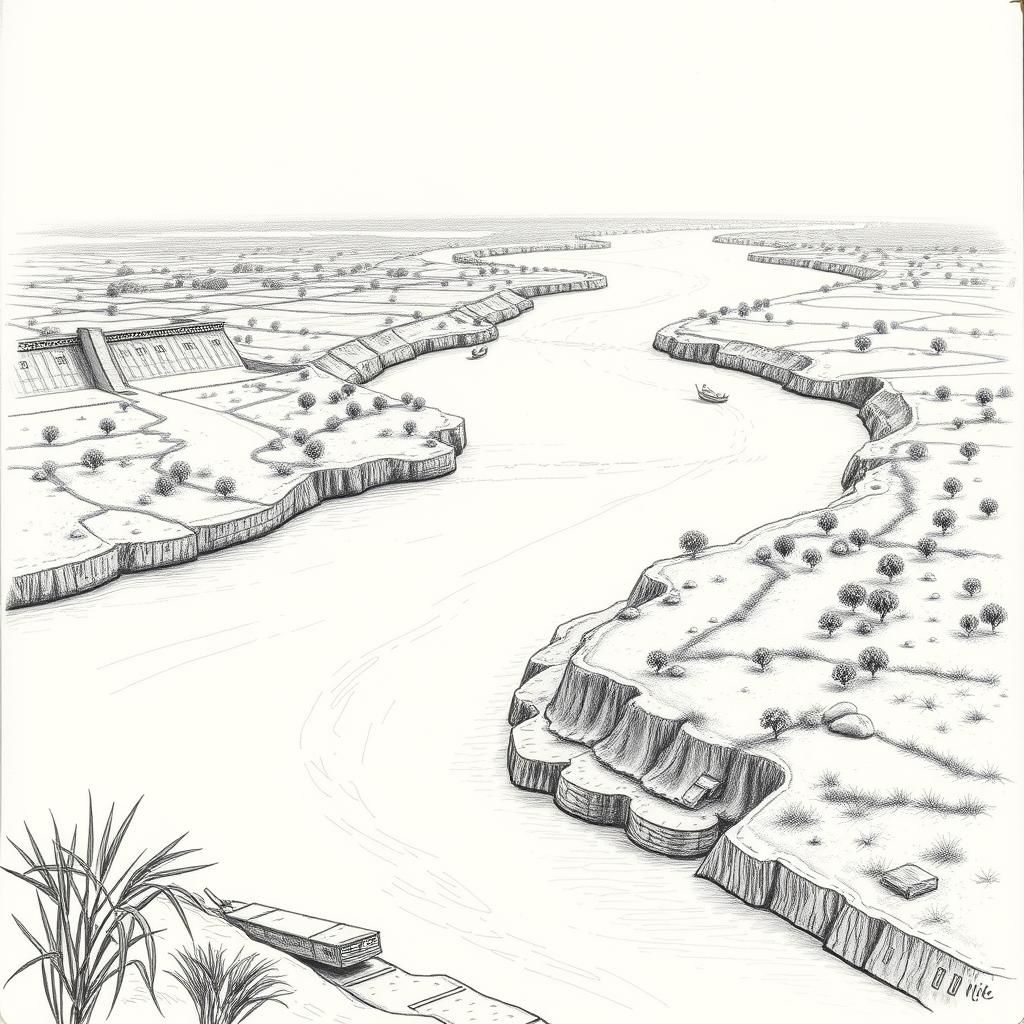
The Nile River
Stretching over 4,100 miles, the Nile unfurls as the world’s longest river, weaving its way through the heart of northeastern Africa. From the highlands of East Africa all the way to the Mediterranean Sea, it carves a path through deserts, savannas, and bustling cities, stitching together a lifeline for millions of lives along its banks.
Long before modern maps took shape, the Nile was the pulse of ancient Egypt—the cradle where one of humanity’s earliest great civilizations blossomed. Imagine the steady rise of the river each year, flooding the land with nutrient-rich silt, painting the otherwise arid landscape with hues of green and gold. This annual cycle was nothing short of sacred for the Egyptians, inspiring myths, prayers, and rituals that entwined their existence with the river’s rhythms. Temples and tombs, including those majestic pyramids, gaze not far from its shores—silent witnesses to the Nile’s enduring role as both giver and guardian of life.
Today, the Nile remains indispensable. It quenches the thirst of millions across several nations, feeding sprawling farmlands in the fertile Nile Delta and powering dams that generate electricity for burgeoning cities. Yet, its waters carry more than history—they carry hope and challenge. As population pressures and climate change intensify, the careful balance of this ancient artery grows fragile, demanding stewardship that honors both its majestic past and vital present. Walking alongside the Nile, one doesn’t just follow a river; one steps into a living story threaded with human dreams, survival, and renewal.
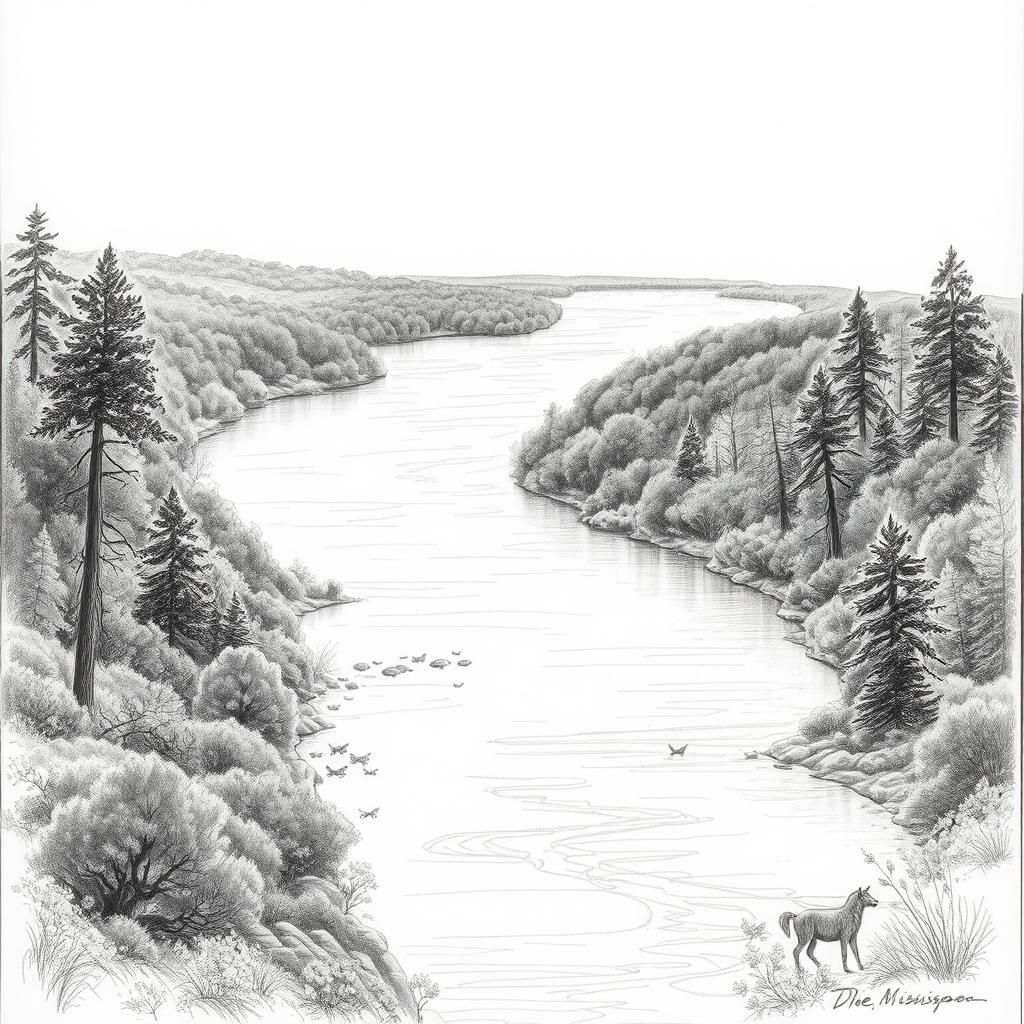
The Mississippi River
Stretching over 2,300 miles from the northern wilds of Minnesota to the Gulf of Mexico, the Mississippi is more than just a river—it’s a living, breathing artery pulsing through the heart of America. Of that length, more than 500 miles remain in a surprisingly natural state, wild and free compared to much of the industrialized waterways around it. These untouched stretches are home to quietly resilient ecosystems, where herons glide over misty waters and catfish patrol shadowed riverbeds.
When it comes to sheer volume, the Mississippi holds its own as one of the major rivers on the continent, though it can’t quite match the vastness of the Amazon or the Nile. Yet its power lies not just in size, but in the life it sustains and the history it carries. For centuries, river communities have looked to the Mississippi as a symbol of freedom—the winding flow mirroring the spirited independence of those who live along its banks. Towns and cities have grown in its shadow, their stories intertwined with the river’s ever-changing course.
Economically, the Mississippi is a powerhouse. It delivers freshwater for millions, fuels industries, and serves as a crucial highway for transporting goods—from grain to coal—linking inland producers to global markets. Its waters irrigate vast agricultural lands, supporting crops that feed a nation. Yet, beneath this practical role, the river is a place where wildness still lingers. Conservation efforts aim to protect those wild miles and the delicate ecosystems they cradle, reminding us that even amidst progress, nature’s pulse continues strong.
Standing by the riverbank, you can sense the Mississippi’s enduring presence—a river that flows through America’s past and present, inviting us to pause, listen, and honor the deep connection between a people and their waterway.
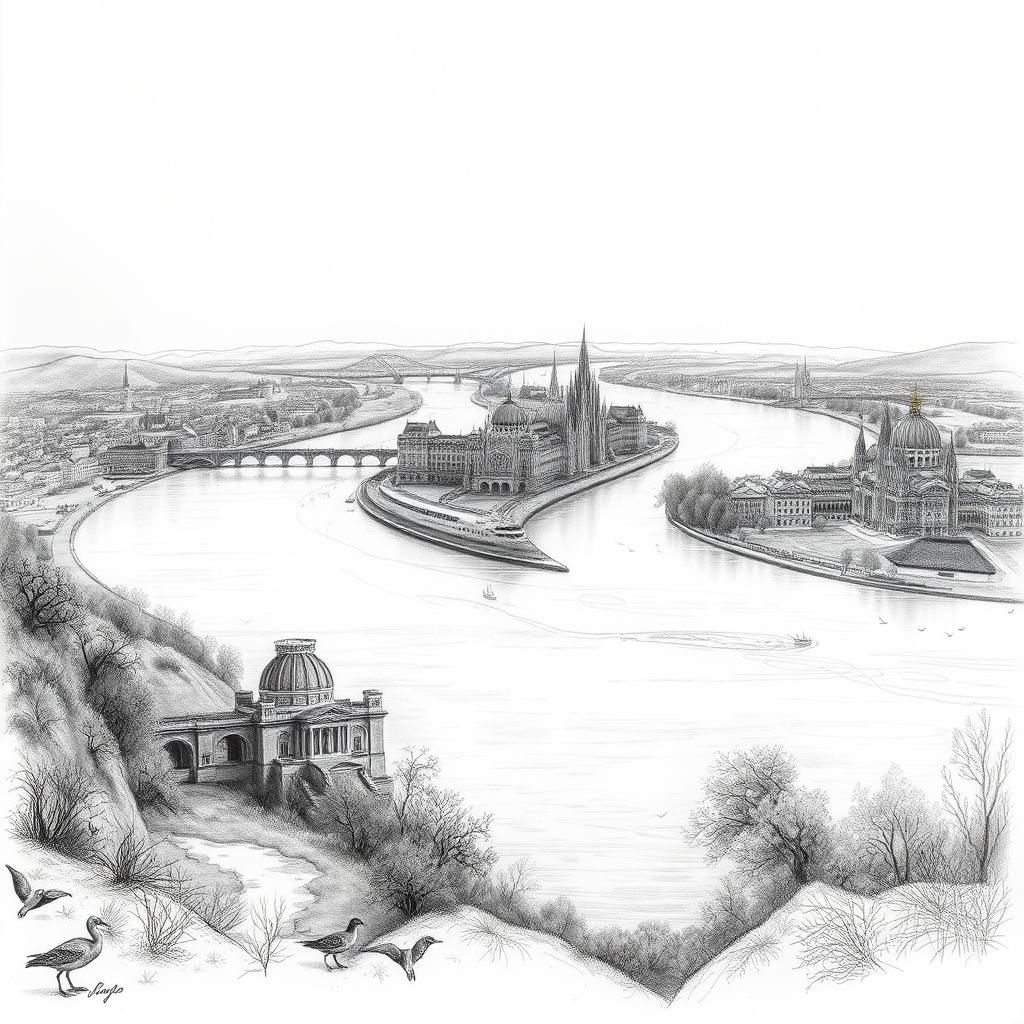
The Danube River
Stretching over 1,770 miles, the Danube winds its way through ten countries, making it Europe’s second-longest river and a true thread connecting Central and Eastern Europe. From the Black Forest in Germany to the Black Sea, it’s more than just a body of water—it’s a living corridor where cultures, histories, and ecosystems meet.
Historically, the Danube has been a stage for empires and a pathway for trade and cultural exchange. Imagine merchants, soldiers, and travelers navigating its waters, each leaving traces on the towns and cities that line its banks. Budapest’s grand bridges, Vienna’s elegant riverfront, and Belgrade’s bustling ports all owe their charm and significance to the pulse of the Danube. It’s a river that carries stories as fluidly as it carries water.
Ecologically, the Danube supports a rich tapestry of life. Its floodplains and wetlands are home to rare plant species, migratory birds, and fish that have adapted over centuries to its ebb and flow. This diversity isn’t just a natural wonder — it’s a reminder of the delicate balance sustaining the landscapes and livelihoods along the river. Efforts to protect its waters reflect a growing awareness of how vital this river is, not just to Europe’s past, but to its future.
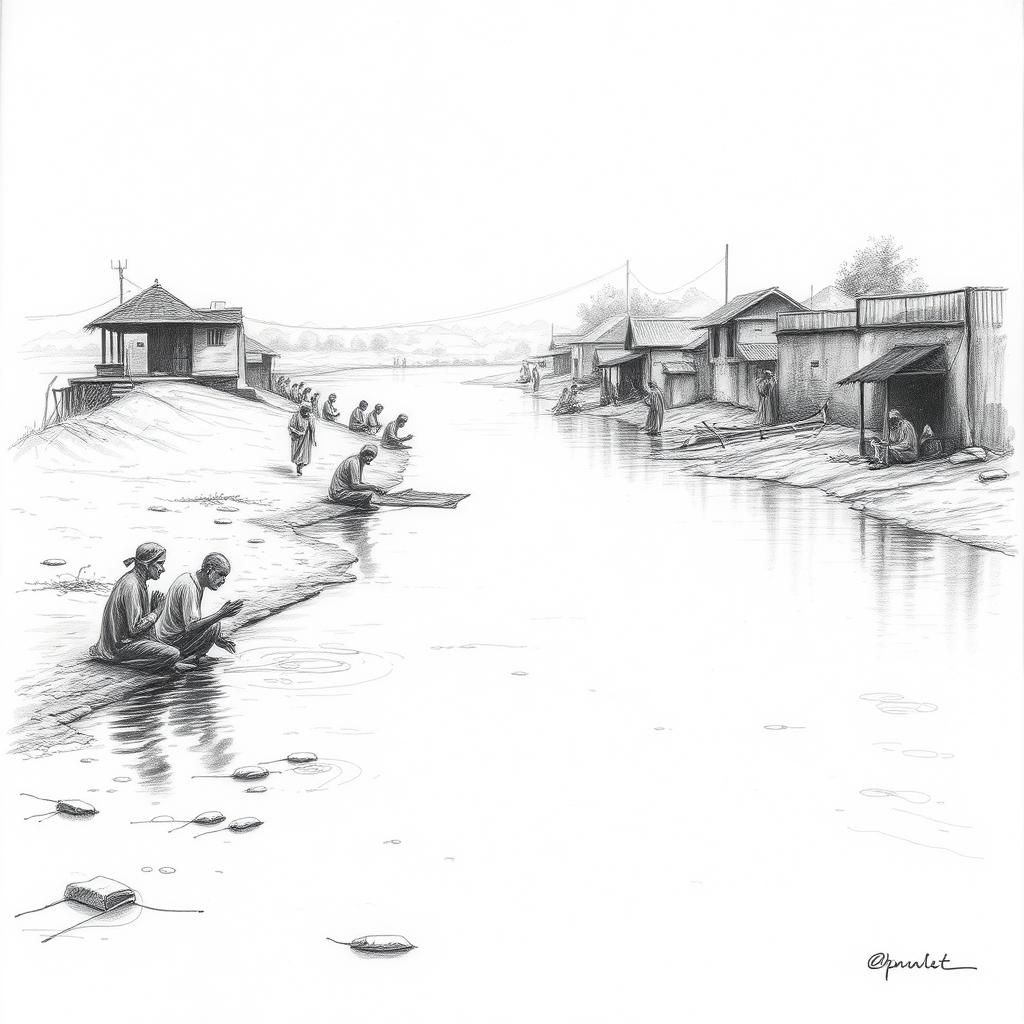
The Ganges River
Picture the Ganges as more than just a river—it’s a living artery threading through the heart of India, carrying with it centuries of faith, life, and struggle. But this sacred waterway faces a heavy burden today. Nearly five billion liters of sewage—yes, billions—flow into the Ganges every single day. Much of this comes from human waste and agricultural runoff, turning parts of the river into a fragile, stressed lifeline.
For millions, the Ganges isn’t just water—it’s divine. Hindus revere it as a goddess, bathing their souls along its banks, believing its waters cleanse sins and sustain spiritual rebirth. Rituals, festivals, and daily prayers revolve around its presence, weaving religion and daily life into a rich cultural tapestry.
Yet, this sacred river is under siege. Pollution strains its ecosystems and threatens human health downstream. Fish populations dwindle, waterborne illnesses spike, and the natural flow struggles against industrial waste and overcrowding. But hope isn’t lost. Across communities and governments, dedicated efforts aim to restore the Ganges—cleaning its waters, reviving its flow, and protecting the life it supports. The river’s future depends on this delicate balance: honoring its sacred past while nurturing a healthier tomorrow.
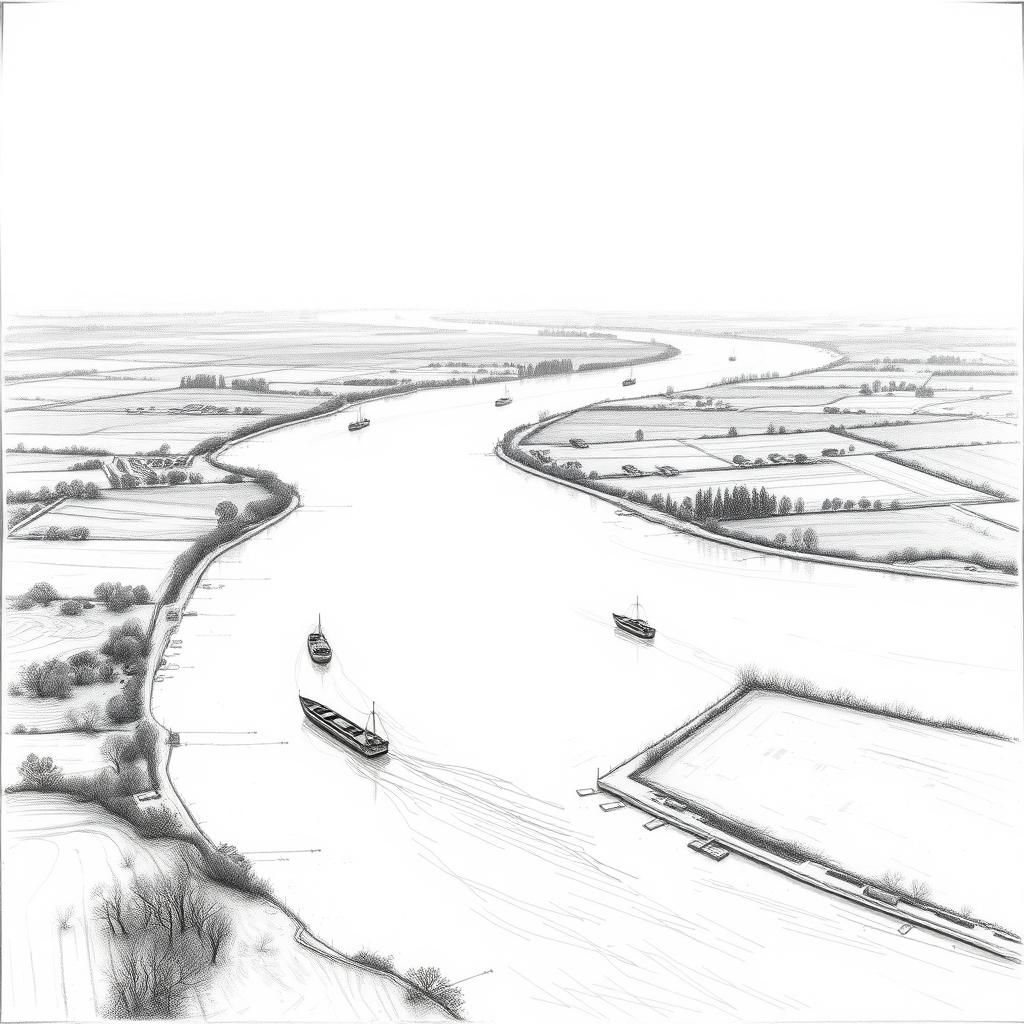
The Volga River
Stretching over 2,300 miles through the heart of Russia, the Volga is more than just Europe’s largest river by discharge—it’s a lifeline woven deeply into the country’s landscape and soul. Imagine towns and cities lining its banks, from Moscow’s outlying regions down to the Caspian Sea’s sleepy delta, all depending on its steady flow. The Volga carries not only water but also the pulse of transportation, powering barges that haul goods crucial to Russia’s industries and farms. Its waters irrigate vast fields, turning frozen expanses into fertile ground when spring arrives.
Culturally, the Volga holds a place of honor as Russia’s national river. Tales and songs have sprung from its shores for centuries, capturing moments of hardship, joy, and resilience. Folklore breathes through the currents—stories of boatmen battling the elements, of villages thriving off its bounty, and of history’s tides ebbing and flowing alongside the river itself. The Volga isn’t just a waterway; it’s a storyteller, echoing Russia’s past and present in every ripple.
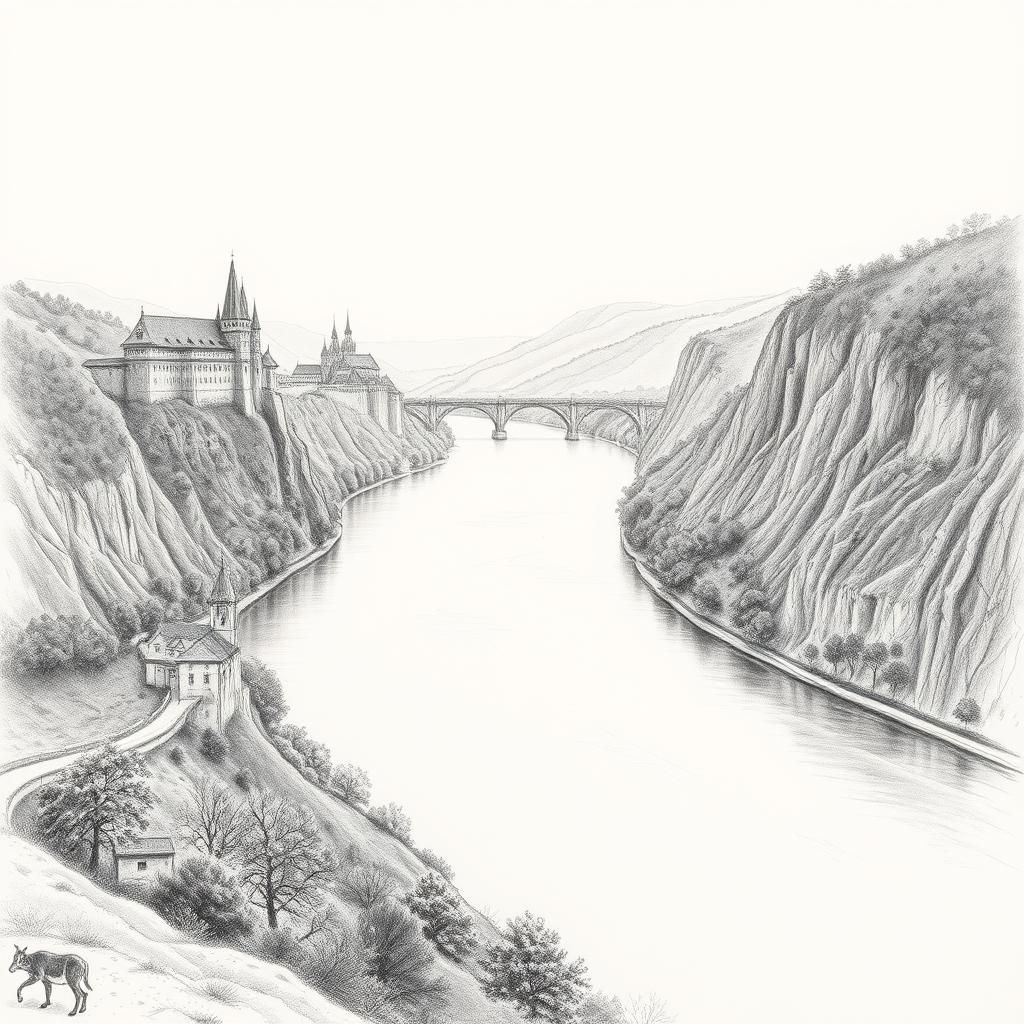
The Rhine River
Gliding nearly 820 miles from the Swiss Alps to the North Sea, the Rhine is more than just a river—it’s a liquid thread weaving together six countries: Switzerland, Liechtenstein, Austria, Germany, France, and the Netherlands. Imagine standing on one of its banks and looking up at the castles perched on steep cliffs, their stone walls whispering stories of medieval knights, trade routes, and border skirmishes. These fortresses aren’t just relics; they hold centuries of culture and history, shaping the identities of the river communities that thrive around them.
The Rhine’s significance stretches beyond its scenic views. It has been a vital artery for European trade, ferrying goods and ideas downstream for millennia. Picture barges laden with timber, wine, and coal navigating its winding path, connecting bustling cities and remote villages alike. This steady flow has nurtured a rich cultural tapestry, where festivals, folklore, and crafts reflect the river’s enduring influence.
Yet, the Rhine is more than a historic highway. Its waters support diverse ecosystems, from marshlands to forests, home to countless species of fish and birds. Over the past few decades, concerted efforts have been underway to guard these habitats, tackling pollution and industrial impacts. Today, cleaner waters invite swimmers, anglers, and wildlife enthusiasts back to the river, reminding us that the Rhine’s story is still unfolding.
In all, the Rhine is a living symbol of connection—between nations, people, and nature—carrying echoes of the past while flowing firmly into the future.
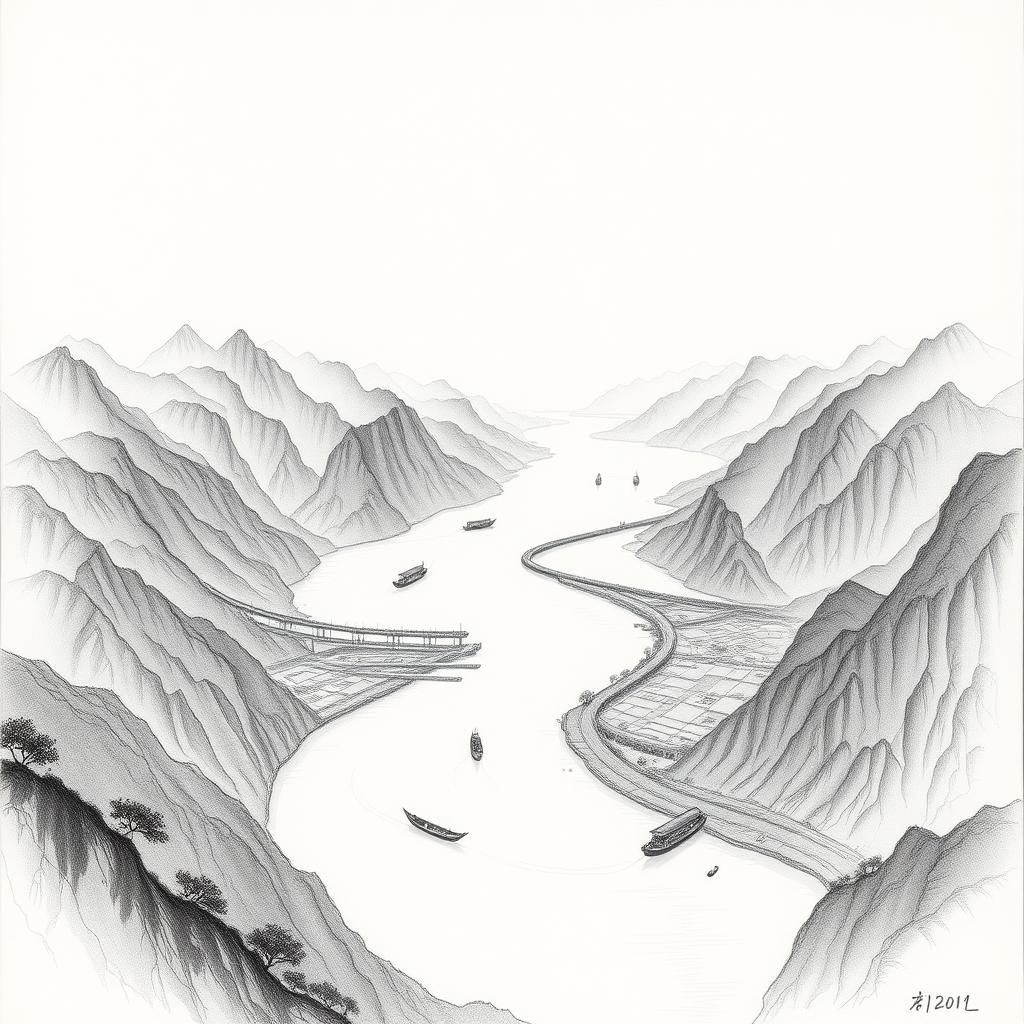
The Yangtze River
Picture a vast ribbon of water weaving its way through China’s heartland—a river not only shaping landscapes but also cradling centuries of stories. The Yangtze, often called the “Mother River” of China, is much more than a body of water. It’s a lifeline, a legend, and a force that has sculpted Chinese civilization from ancient times to today.
Stretching over 3,900 miles, the Yangtze is Asia’s longest river, carving paths through mountains, plains, and cities. Its banks have witnessed emperors’ rise and fall, farmers planting rice terraces, and bustling trade routes that transformed local markets into global hubs. The river’s flow fuels more than just stories—it powers China’s modern engine. The massive Three Gorges Dam, one of the world’s largest hydroelectric projects, taps into its energy, lighting homes and industries alike.
But the Yangtze’s true power lies in its role as a source of sustenance. From fertile farmland irrigated by its waters to bustling ports linking inland cities to the sea, the river sustains millions. Along its course, it cradles diverse ecosystems, home to fish species found nowhere else on Earth, and continues to inspire artists, poets, and dreamers.
As you imagine standing on its muddy shores or gliding along its surface, consider how the Yangtze carries not just water, but the lifeblood of a culture — a river flowing through China’s past, present, and future alike.
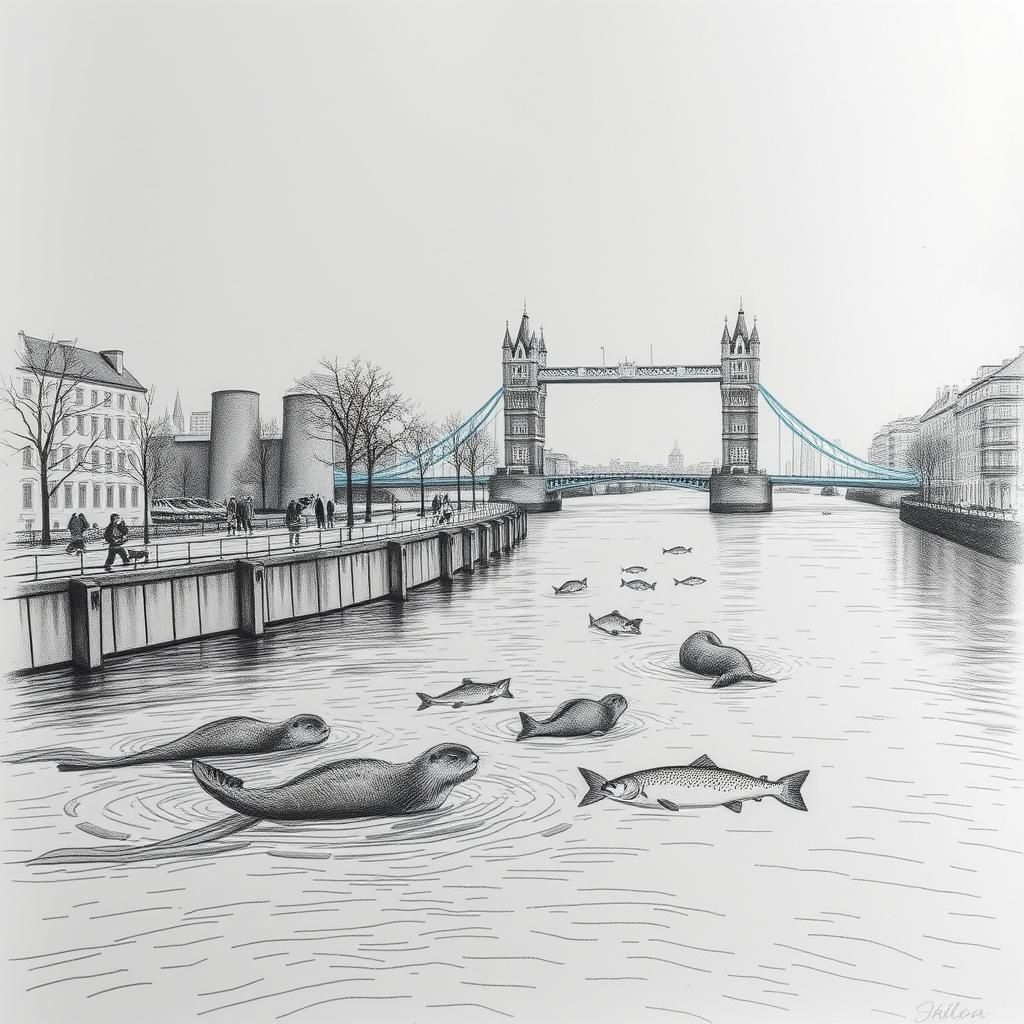
The Thames River
Picture this: a winding ribbon of water threading its way through the heart of London, carrying more than just boats—it carries centuries of stories. The Thames is more than an urban river; it’s a lively habitat tucked amid the bustling city, a surprising refuge for wildlife. Otters stealthily navigate its quieter stretches, while migrating salmon make their seasonal journey upstream, a testament to the river’s resilience despite the urban surroundings.
Historically, the Thames has been the lifeblood of London, shaping the city’s growth from Roman times to today. Its banks have witnessed royal pageants, traders lowering crates of spices and textiles, and dockworkers shaping the imperial age. The river isn’t just a backdrop; it’s a participant in the city’s story—a source of fresh water, a highway for commerce, and a place for recreation and reflection.
Today, the Thames continues to support urban life, providing green spaces and waterfront walks where Londoners and visitors alike can reconnect with nature amidst skyscrapers. The ebb and flow of the river remind us that beneath the city’s concrete and glass pulses a living, breathing ecosystem—not just a channel of water, but a bridge weaving together past and present, nature and culture.
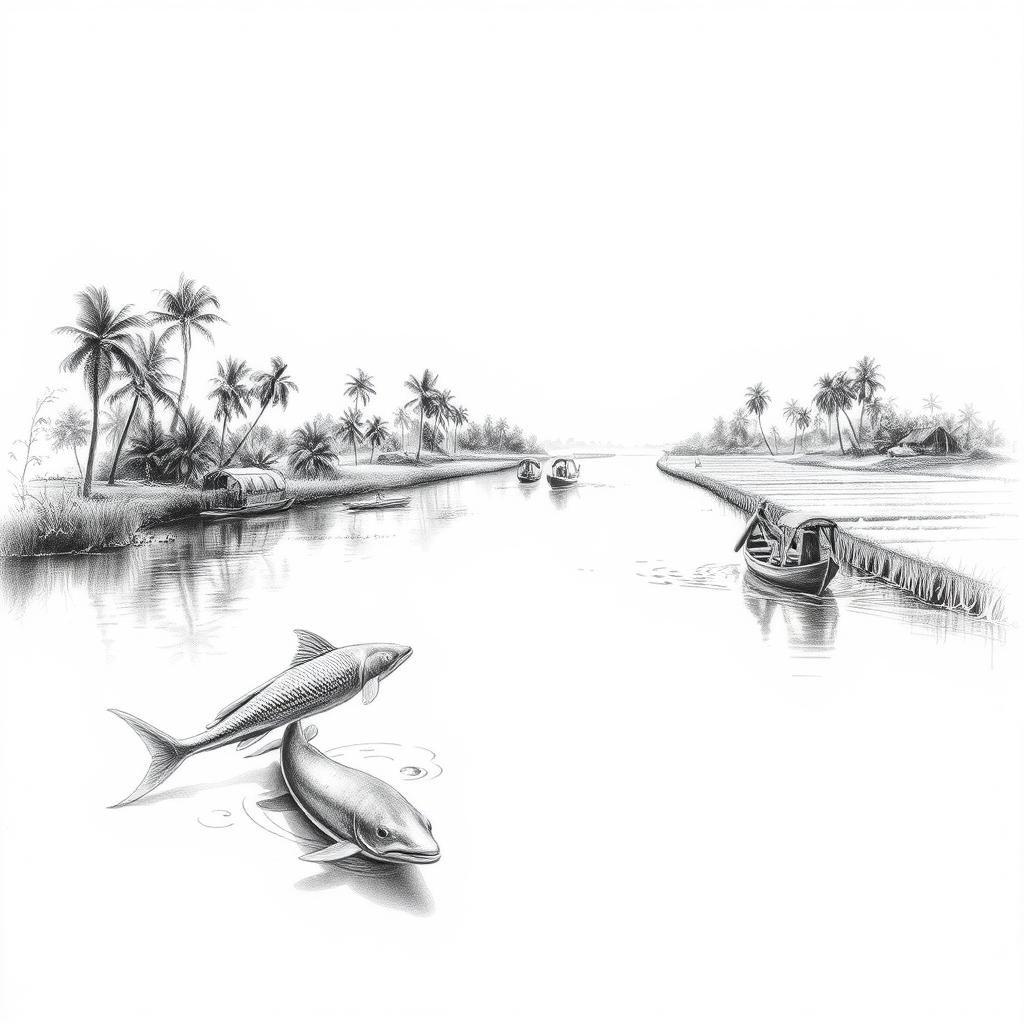
The Mekong River
Picture a ribbon of life weaving through Southeast Asia, where dense jungles meet bustling villages, and ancient traditions flow as steadily as the water itself. This is the Mekong River—a living artery stretching over 2,700 miles, nurturing one of the most vibrant freshwater ecosystems on Earth. Home to more than 1,200 species—some found nowhere else—the river shelters elusive giants like the Mekong giant catfish and freshwater dolphins that glide silently beneath the surface, embodying the deep connection between nature and people.
For millions, the Mekong isn’t just a river; it’s a lifeline. Its waters irrigate rice paddies that feed families, support fisheries that sustain livelihoods, and provide transportation routes threading through remote communities. Along its banks, cultures have flourished for centuries, celebrating festivals and weaving stories tied closely to the rhythm of the river’s flow.
Yet, this bounty faces growing challenges. The surge of dams upstream disrupts natural cycles, threatening fish migrations and delicate habitats. Pollution creeps in, carried by expanding agriculture and urban growth, seeping into a system that has long balanced human needs with nature’s designs. In response, riparian countries have begun working together—sharing knowledge, forging agreements—to safeguard the Mekong’s future, reminding us that rivers, like cultures, thrive when cared for collectively.
Walking alongside the Mekong today, you sense more than just water moving forward—you feel a story still unfolding, one of resilience, connection, and the enduring pulse of a river that has shaped lives for millennia and continues to do so.
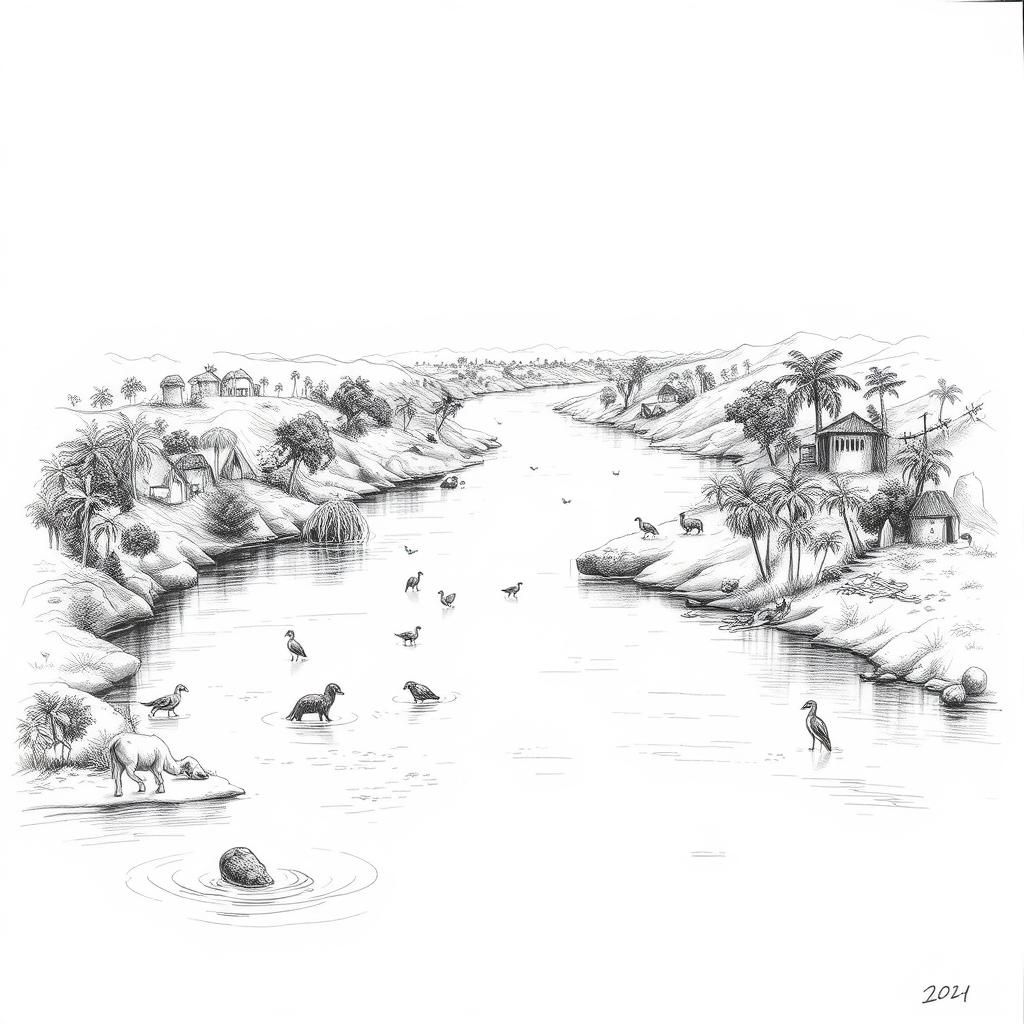
As we journey along the world’s greatest rivers—the Amazon, Nile, Mississippi, and more—we uncover threads that connect nature, culture, and human survival in ways both grand and intimate. Each river tells its own story: a lifeline carving ecosystems rich with life, a cradle where civilizations were born, a highway for commerce and exchange, and a mirror reflecting the challenges we face today.
Though they flow through different lands and histories, these rivers share a powerful role in sustaining the delicate balance between people and the environment. They offer freshwater, food, and transportation; nurture diverse habitats teeming with plants and animals; and inspire art, spirituality, and community. But their vitality isn’t guaranteed. From pollution clouding sacred waters to dams altering natural rhythms, these rivers face threats that ripple far beyond their banks.
This reminder calls us to be stewards, not just spectators—inviting us to protect these waterways so they may continue to pulse with life, culture, and possibility. In exploring their depths, we come closer to understanding how intertwined our futures are with these mighty currents — and how, in their flow, we find a living connection to the past and a promise for what lies ahead.
So, take this as an invitation: dive deeper into the stories these rivers hold. Listen to their voices, feel their presence, and join in the shared responsibility to cherish and safeguard these remarkable arteries of our world.
Share to...
I hope you enjoy the content.
Want to receive our daily crossword puzzle or article? Subscribe!
You may also be interested in
Share to…
Want to receive our daily crossword puzzle?
-
Jigsaw Puzzles
Fjord Elegance: Abstract Jigsaw Puzzle 250 | 300 | 500 Pieces
kr 348,00 – kr 439,00Price range: kr 348,00 through kr 439,00 Select options This product has multiple variants. The options may be chosen on the product page -
Jigsaw Puzzles
Enchanting Unicorn Watercolor Jigsaw Puzzle 250 | 300 | 500 Brikker
kr 348,00 – kr 439,00Price range: kr 348,00 through kr 439,00 Select options This product has multiple variants. The options may be chosen on the product page -
Jigsaw Puzzles
Majestic Unicorn Watercolor Puzzle 250 | 300 | 500 Brikker
kr 348,00 – kr 439,00Price range: kr 348,00 through kr 439,00 Select options This product has multiple variants. The options may be chosen on the product page
